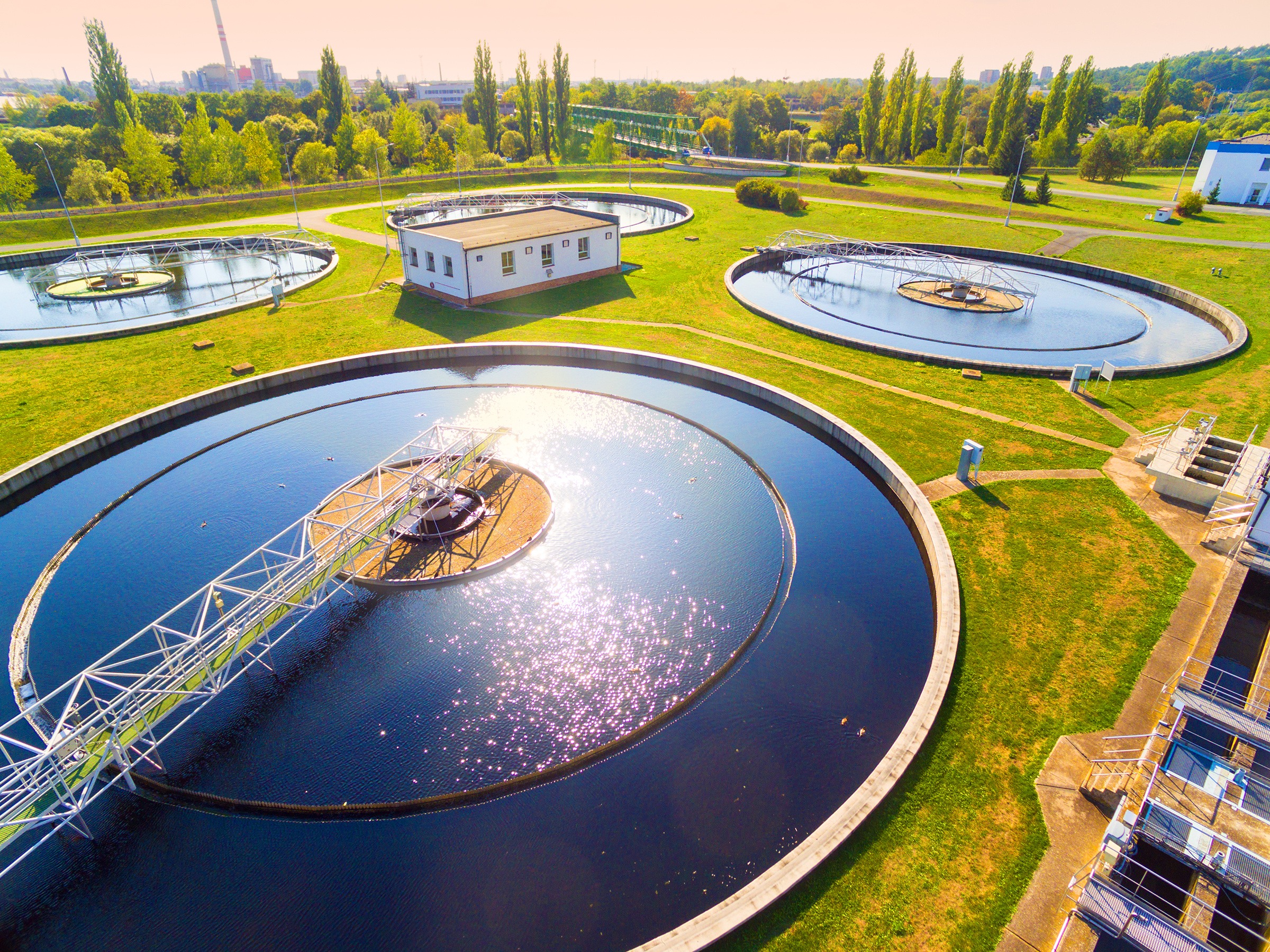While reducing water use is essential, collecting and reusing wastewater helps and saves the environment more. Greywater reuse is one of the most practical and effective choices to promote water sufficiency. Moreover, ways to reuse water may vary from basic residential approaches to the complex industrial wastewater recycling system.
What Is Grey Water?
Greywater is a liquid waste that comes from various sources, including washing machines, showers, lavatory, baths, kitchen sinks, and the likes. However, water from toilets and urinals doesn’t fall under this category. Wastewater from this source is referred to as black water, which contains waste from humans.
Types of Grey Water
Untreated Greywater
Greywater that has not been chemically treated may be used in drought seasons to water gardens. This may be accomplished straight from your residential plumbing fittings, with the use of a hose or a bucket.
Treated Greywater
Treated greywater typically poses fewer health dangers. It may be used for a variety of functions, including landscape irrigation and flushing toilets. However, installing and operating greywater treatment technologies may be costly. Moreover, if you’ll be using the water for big landscapes, you might need to take a look at water cartage tanks for storage.
Is Greywater Safe To Reuse?
Reusing greywater is safe as long as the system is installed and maintained correctly. Greywater likely contains chemicals, dissolved metals, feces, and bacteria that pose a health risk to people. That’s why disinfection is generally required for greywater use to ensure water quality. For water safety reasons, some areas may require a permit.
How To Reuse Greywater
There are various ways to reuse greywater, ranging from simple to complex methods, depending on what you want to use the water for.
Each of these is discussed below.
1. Irrigation For Agriculture And Landscaping
To use greywater more efficiently, you can pipe it right outside to water vegetation. In any greywater system, it is critical to utilize products that contain less salt, boron, or chlorine, which can be detrimental to plant growth.
For water distribution in vast areas, drip irrigation is the best option. It provides water straight to the plant’s root zone for optimal growth. In addition to reducing water and energy use, drip irrigation could help increase crop yields in agricultural use.
2. Household Use
There are several ways you can reuse water in the household setting. One of the simplest ways to apply this is collecting greywater manually using a bucket. Bucketed water can be used to flush down toilets or water plants in your yard.
The second way in reusing greywater in the household is through the laundry to landscaping system. Drainage from the washing machine goes straight to a diversion valve that lets you switch the circulation of greywater from your sewage system to your greywater irrigation systems.
It means that no plumbing changes are necessary. This type of greywater irrigation system distributes water to selected plants. This system is inexpensive, simple to set up, and allows for a wide range of irrigation options.
For complex use like public bathrooms and high-rise buildings, incorporate Greywater Treatment System (GTS) into the water system of the building. This treatment system increases the quality of greywater to the point that you can use it for toilet flushing and washing. Installation of a GTS requires permission. Moreover, regular maintenance is needed.
3. Construction Use
Building constructions use a large amount of water every day. Depending on the weather, spraying water multiple times a day is necessary to prevent dust from becoming airborne on construction sites. Contractors can consider using greywater for concrete mixing and cleaning surfaces because it does not require fresh water. Moreover, pumping water from an extensive greywater collection to construction sites can reduce cost instead of metered water use.
4. Enhance Wetlands And Create Artificial Lakes
Using recycled greywater to replenish wetland is a great technique to control wastewater discharge without causing damage to the surrounding ecosystem. This innovative use of wastewater benefits the ecosystem.
Additionally, excess greywater from industrial facilities may be used to build artificial lakes. Artificial lakes improve the environment and provide habitats for thousands of animal species. A way to do this is by redirecting wastewater through a greywater diversion device (GDD). It is integrated with a switch that can divert greywater to the desired location.
Benefits of Recycling Greywater
The following are a few of the many advantages of greywater recycling:
- Decreased dependence on groundwater for water extraction
- Reduction in the environmental effect of wastewater treatment plants
- Regenerates the soil
- Reduction in the environmental impact of the wastewater treatment plant
- Restoration of the water supply
- Production increase in agriculture
- Increased water quality on the surface and under the ground
Conclusion
When it comes to the environment, utilizing greywater is an excellent approach to lessen the need for freshwater. Recycling water is a sustainable way to use water previously used in building maintenance. Using environmentally sustainable techniques, such as recycling greywater, is an excellent approach to benefit the environment and reduce expenses.
